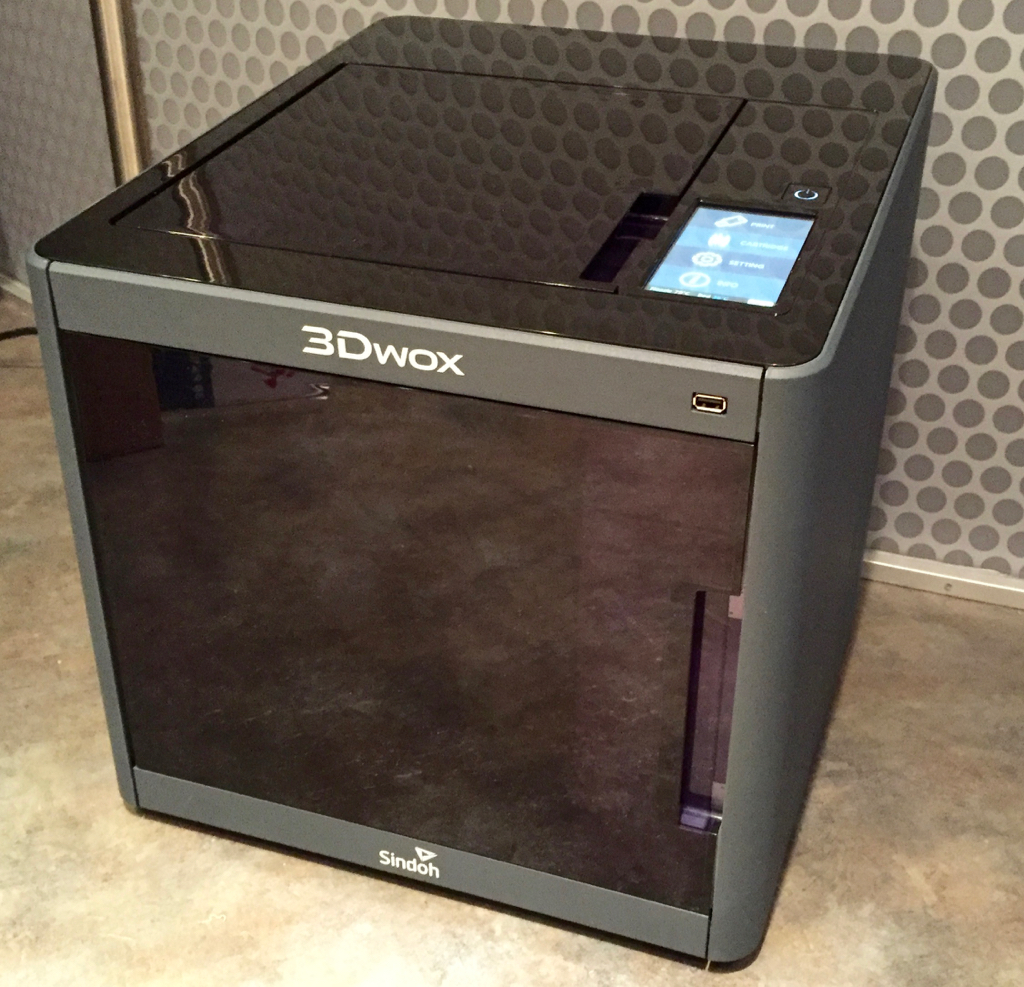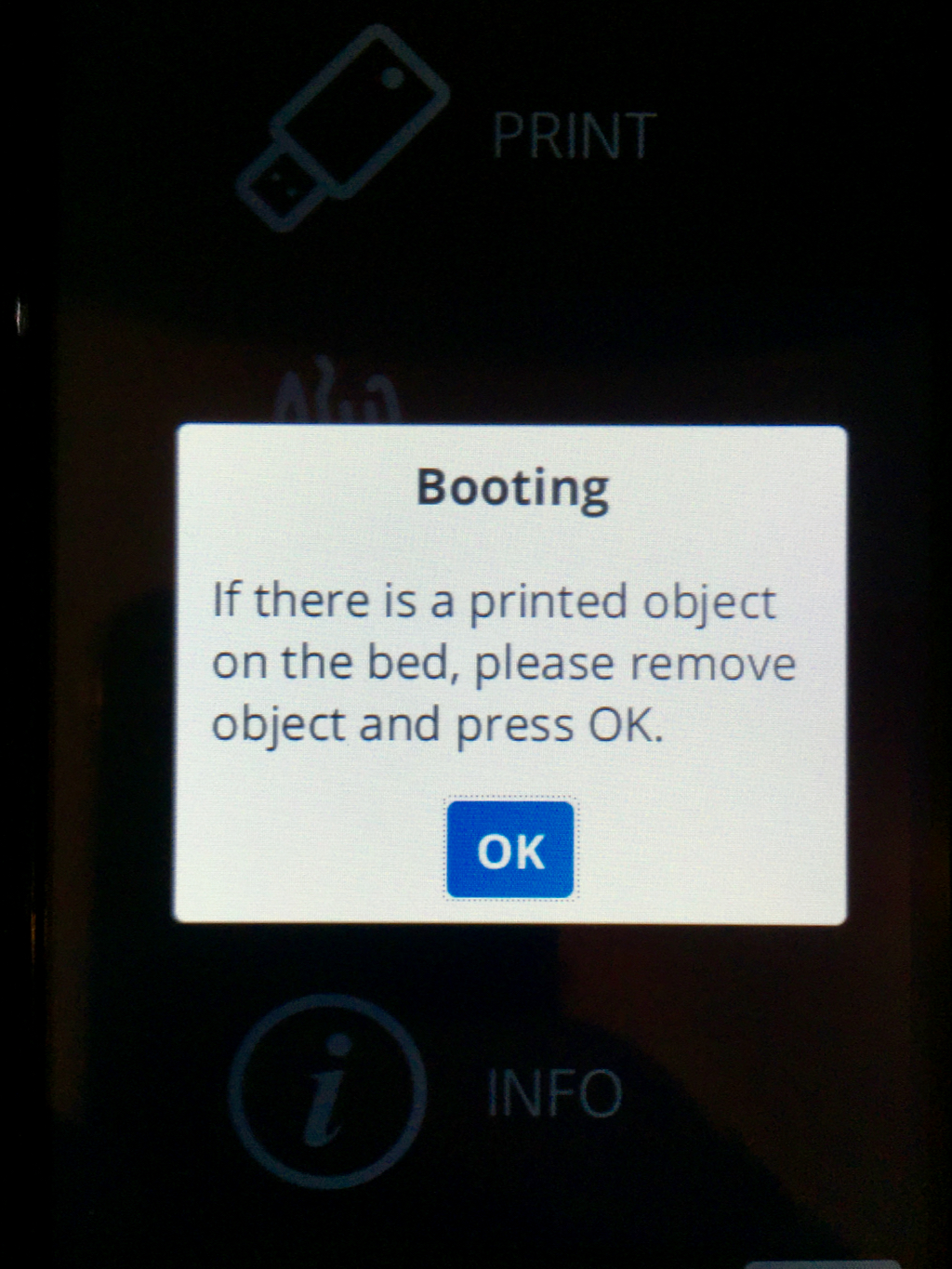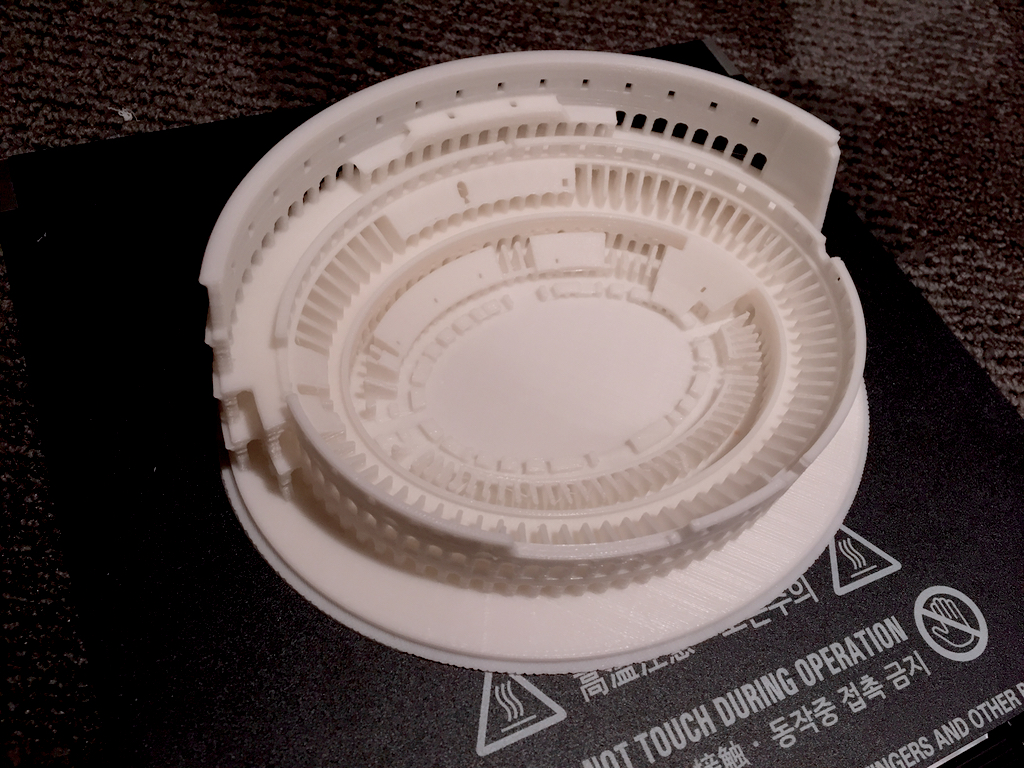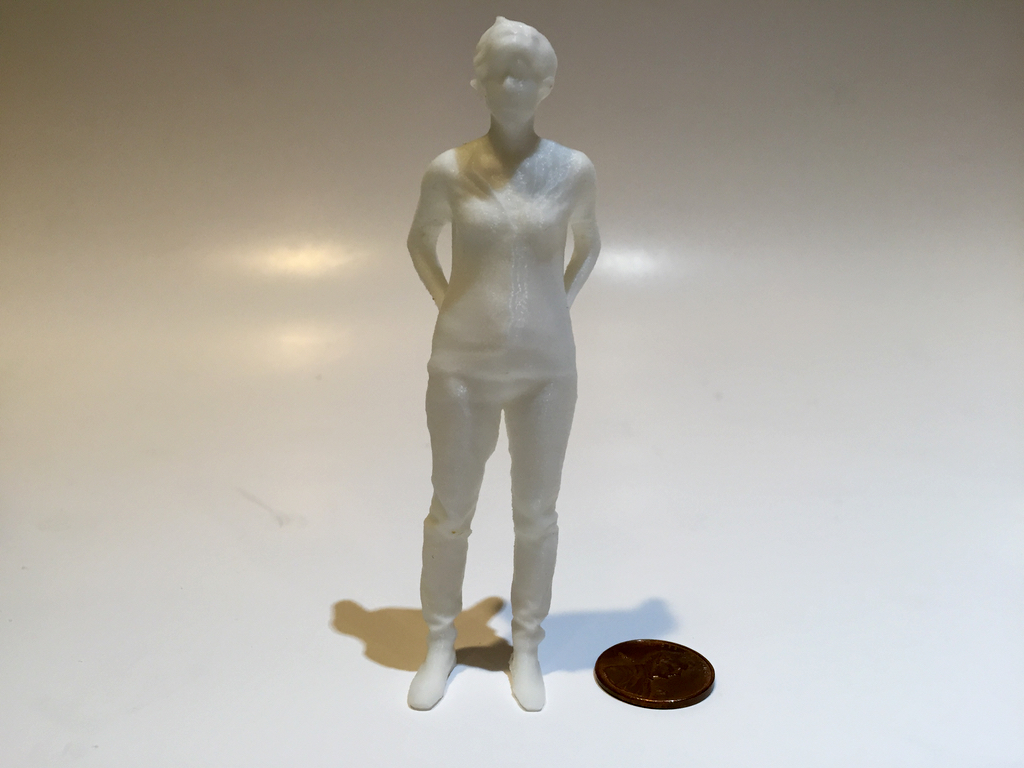Our lab has been testing Sindoh’s new 3Dwox desktop 3D printer, and it is a fundamentally different device that we think could be the first “real” 3D printer usable by consumers.
Today we’re concluding our series on the 3Dwox, one of the most interesting 3D printers we’ve ever seen.
In this post’s title, we call the 3Dwox “the first real 3D printer for consumers?” and we think this is quite possible.
Why? It’s because this machine “feels” utterly different than most 3D printers. It feels like using a normal paper printer; there’s a confident reliability that comes from several characteristics:
- The machine is entirely enclosed and has a stylistic case
- You never see plastic filament, ever
- The machine uses a simple touch panel to control everything
- The machine keeps the build plate and nozzle slightly warm, ready to quickly print when necessary, just like a photocopier
- You are frequently asked to ensure material is removed from the print chamber to ensure the machine knows the current state
- The machine is ridiculously easy to set up
All of this, as we said, adds up to a very different feel for this machine. It feels like a 2D paper printer in many ways. This is actually not surprising, because Sindoh, the makers of the 3Dwox, are long-time manufacturers of 2D paper printers and photocopiers. It seems that they’ve carried forward much of their experience in those machines into the new 3Dwox.
For those that prefer to tinker with their machines, the 3Dwox is not for you. The 3Dwox is for someone who just needs quality prints and isn’t interested in worrying about any technical things beyond the very simple bed leveling procedure. You won’t be able to experiment with different (and inexpensive) alternative filaments, at least until 3Dwox releases their generic filament cartridge.
But for those less technical, this could be your dream machine. The machine is extremely reliable and produces ridiculously high quality prints.
Is there anything wrong with the 3Dwox? Well, we do have a couple of minor items that should be discussed. Here’s what we would change in the machine:
The print removal process is slightly dangerous for consumers using the provided scraper. It’s very possible people could slice up their fingers with a poorly executed removal maneuver. We would like a print bed that twists to “pop off” completed prints. However, Sindoh has mercifully rounded the edges of their scraper to minimize this effect.
The print cartridges are more expensive than generic filament, but as we explained, we understand the company is working on an option for this.
The 3Dwox does print relatively slowly, with a default print speed of only 40mm/second, about half the default speed of a MakerBot, for example, and vastly slower than some of the ultra-high speed machines we’ve recently seen. We suspect that the slower speed is part of the machine’s formula for high print quality. Thus, you would buy this machine for quality and infrequent printing, not to be used as a small “factory” to pump out prints quickly.
And that’s about all we can find wrong with this machine. Otherwise, it’s a very fine machine that could easily be used by a great many people, particularly at its very low price of only USD$1,299. Currently, the only way to purchase a 3Dwox in the West is to visit their Amazon page.
Other parts of this series:






